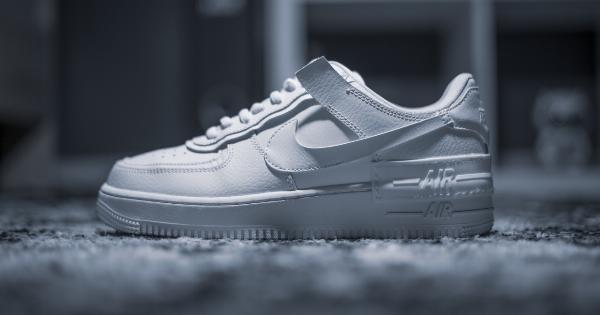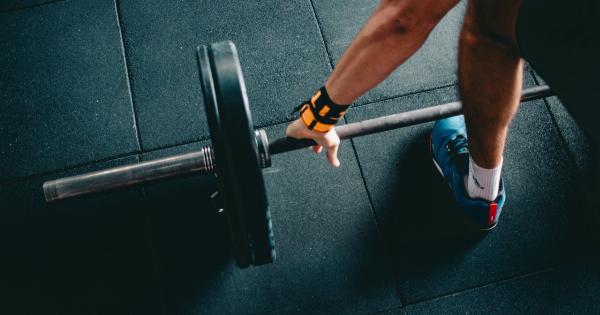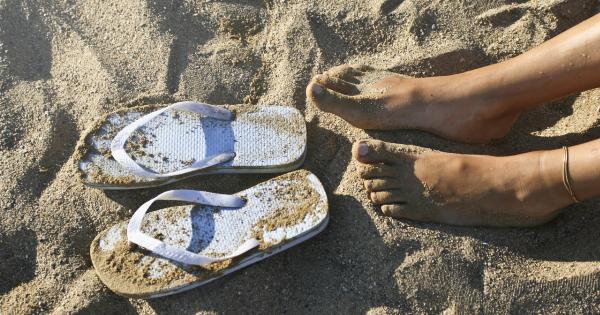Running is one of the most popular forms of exercise, and for good reason. It’s a great way to get outside, burn calories, and clear your mind. But finding the right pair of running shoes can be a daunting task.
With so many options on the market, it can be hard to know which shoes are right for you. Here are some top tips for selecting running shoes that will help you make the right decision.
1. Determine Your Foot Type
Before you can select the right running shoes, you need to know your foot type. There are three basic foot types: neutral, overpronated, and underpronated.
A neutral foot is one where the heel and forefoot are aligned, while overpronation is when the foot rolls inward and underpronation is when the foot rolls outward. You can determine your foot type by visiting a running shoe store and having your feet analyzed.
2. Consider Your Running Style
Everyone runs differently, and your running style should be taken into account when selecting running shoes. If you have a heavy heel strike, for example, you’ll want shoes with extra cushioning in the heel.
If you’re a toe runner, you may want more of a racing shoe that’s lightweight and doesn’t have much cushioning.
3. Determine Your Arch Type
Arch type is another factor to consider when selecting running shoes. There are three basic arch types: low, high, and normal. If you have low arches, you’ll want shoes with extra arch support.
If you have high arches, you may want shoes with more cushioning to help absorb the shock of your foot striking the ground.
4. Get the Right Fit
The fit of your running shoes is one of the most important factors to consider. A good fit will help prevent blisters, chafing, and other injuries. When you try on running shoes, make sure you have enough room in the toe box to wiggle your toes.
You should also make sure the shoes fit snugly but not too tightly in the heel and midfoot.
5. Consider Your Terrain
The terrain you’ll be running on should also be taken into account when selecting running shoes. If you’ll be running on trails, you’ll want shoes with extra grip and support to help prevent slips and falls.
If you’ll be running on pavement, you may want shoes with less grip and more cushioning.
6. Look for Breathability
Running can be a sweaty activity, so it’s important to look for shoes that are breathable. Shoes with mesh uppers, for example, will help your feet stay cool and dry while you run. This can help prevent blisters and other foot problems.
7. Consider Your Budget
Running shoes can be expensive, so it’s important to consider your budget when selecting shoes.
While it may be tempting to splurge on the latest and greatest shoes, it’s important to remember that higher price doesn’t always mean better quality. Consider what features are important to you and look for shoes that fit your budget.
8. Don’t Ignore Comfort
While all of the factors mentioned above are important, perhaps the most important factor to consider when selecting running shoes is comfort.
You’ll be spending a lot of time in your running shoes, so they should feel comfortable from the moment you put them on. Don’t ignore any discomfort or pain you feel while trying on shoes, as it will only get worse over time.
9. Try Before You Buy
It’s important to try on running shoes before you buy them. While online shopping may be convenient, you won’t be able to tell if a shoe fits well or is comfortable until you try it on.
Visit a running shoe store and try on several pairs of shoes before making a decision.
10. Rotate Your Shoes
Finally, once you’ve selected your running shoes, it’s important to rotate them. Wearing the same pair of shoes every day can cause them to wear out quickly and can increase your risk of injury.
Rotate between two or three pairs of shoes to extend their lifespan and keep your feet comfortable.






























